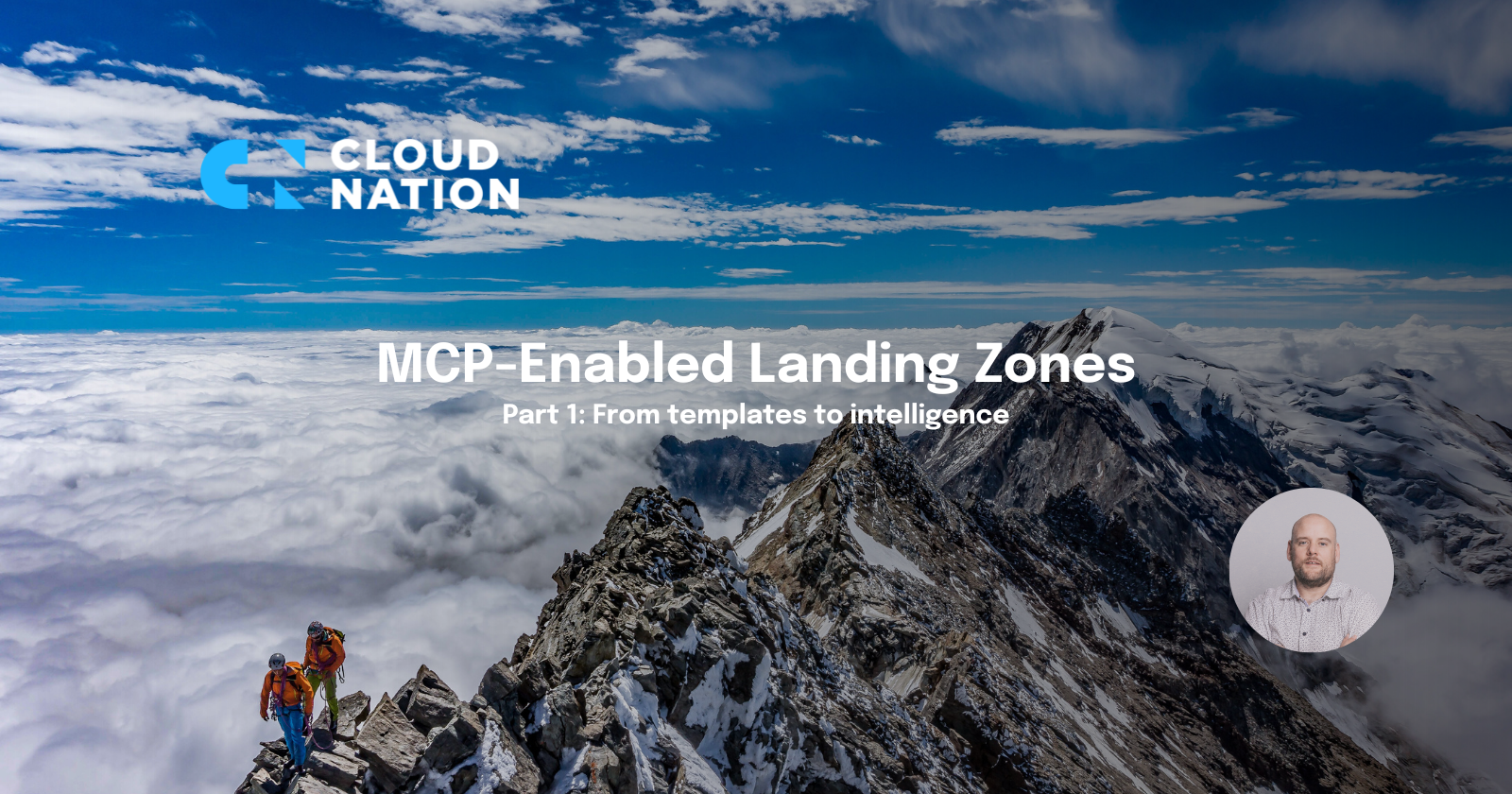Migrating to Microsoft Azure can transform your business, but it needs to be done right to avoid unpleasant surprises. Preparation is key, and using Azure Migrate effectively will make a big difference. This blog covers five essential steps to help you plan and carry out your Azure migration smoothly. Read on to make your Azure move stress-free and successful.
1. Collaborate with suppliers
Smooth communication and collaboration between your suppliers, your IT team, and the teams responsible for the business applications is crucial.
The IT team understands the technical details and limitations of the existing infrastructure, while the application teams and vendors know the specific requirements of the business applications.
By bundling this knowledge, you can gain a better insight into which workloads are suitable for migration and which may need to be adjusted and/or modernized. A RACI matrix is a good tool to clarify who has what role in the migration process. This makes it clear who can be approached and when for what input.
2. Choose the right Azure migration method: agent-based vs agentless
Choosing between agent-based and agentless methods depends on your migration goals, the complexity of your environment, and the level of detail you need. Carefully weigh the pros and cons to make the best decision for a smooth migration process.
Agent-based migration method
Using an agent-based approach provides detailed insights into your on-premises environment. Agents collect comprehensive data about your infrastructure. This level of detail can be invaluable for complex workloads, offering a clearer picture of what your migration needs to accommodate.
Agentless migration method
Agentless migration is a simpler, faster way to gain a high-level understanding of your current environment. While the insights it provides are less detailed, agentless discovery can be a great fit for less complex workloads or when a quick overview of your environment is sufficient.
3. Take on a holistic approach
It is important not only to focus on individual workloads but also to consider the broader picture. Ensure you have an overview of the entire infrastructure, stakeholders, and suppliers surrounding your workloads—understanding how everything is connected and evaluating current performance. This approach helps you identify and address potential showstoppers before they become issues.
4. Map dependencies
Many business applications are interdependent on each other and on other infrastructure components. Before you start migrating, it is important to map these dependencies. This can help identify potential bottlenecks and risks, and determine a migration sequence that will not cause disruption. This can be quite complex and is often underestimated. It is therefore advisable to tackle this thoroughly.
5. Create a design
A solid design is the key to a successful migration to Azure. Take the time to develop a migration plan that takes into account all relevant aspects, such as workload optimization, scalability, security and regulatory compliance. A good basis is Microsoft's enterprise-scale model in combination with the Azure Migration Framework. Make further choices based on input from your business strategy and feedback from your business stakeholders. By following a well-thought-out design, you can minimize potential complications during the migration and increase the chances of success.
Conclusion
Planning and executing a migration to Azure requires careful preparation and a thoughtful approach. By following these five best practices, you can maximize the chance of a successful migration and ensure that the migration process is not unnecessarily delayed.





